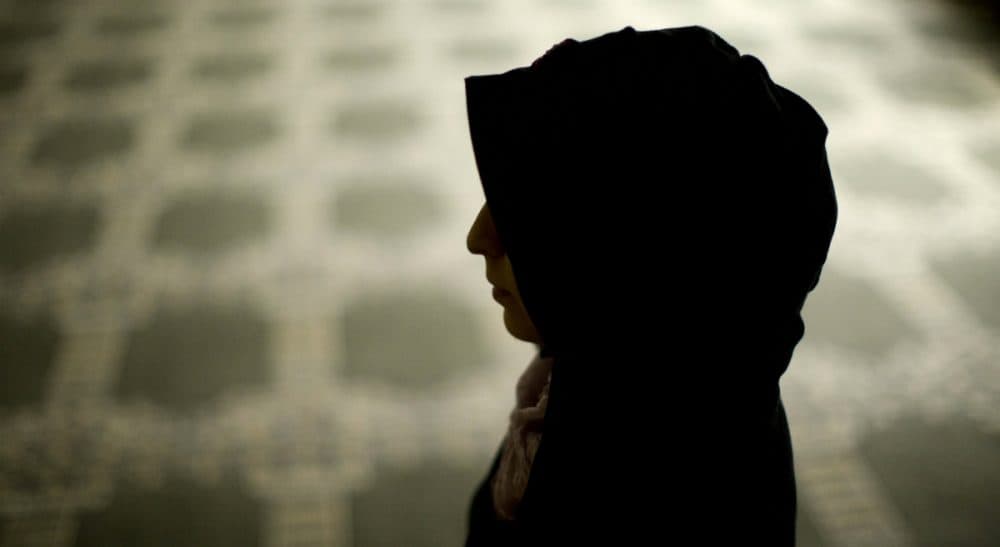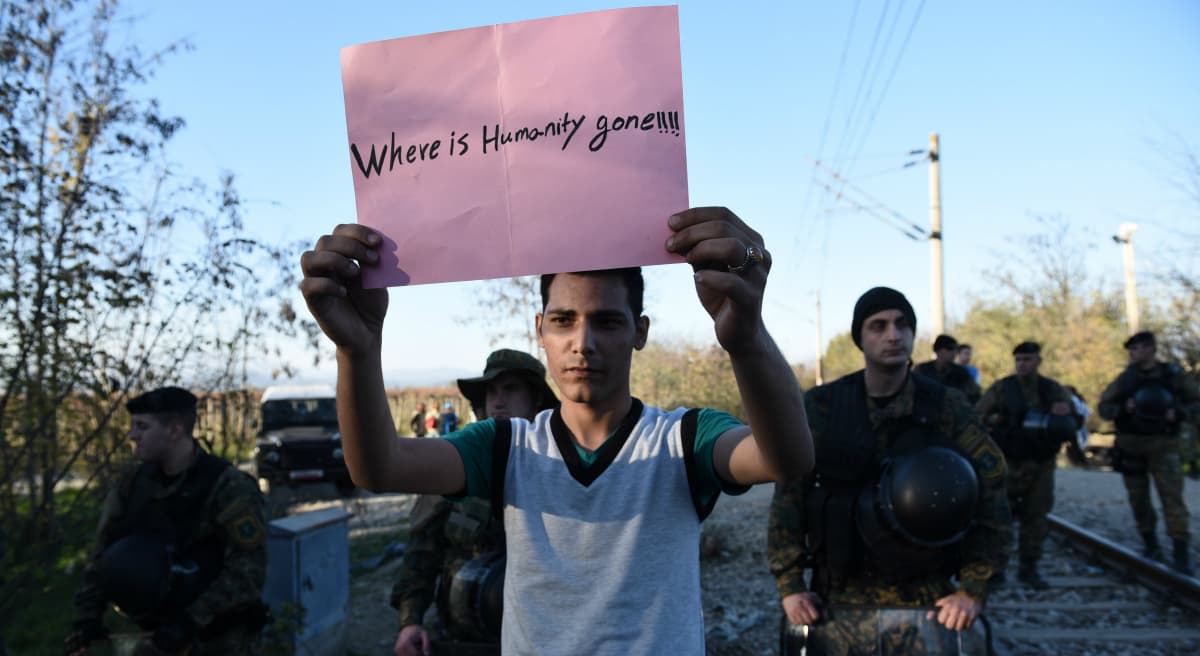Advertisement
Refugee Resettlement: How It Works, And Why We Do It

Protecting ourselves and resettling Syrian refugees are not mutually exclusive. We can and must do both.
Is there zero risk in refugee resettlement? A colleague, assistant secretary of state for population, refugees and migration Anne C. Richard, was asked this question recently during a congressional hearing. The question, of course, was neither thoughtful nor serious. No immigration or entry system, whether it concerns tourists, business people, students, immigrants or others, can be free of risk — just as no laws or regulations can guarantee our safety from homegrown terror.
We need instead to focus on the extent to which our refugee resettlement program has effective safeguards in place. What are the security steps in the resettlement process? How do they work? Are they sufficient? Do they need to be changed?
Protecting ourselves and resettling Syrian refugees are not mutually exclusive. We can and must do both.
To start, it’s worth understanding that the U.S. handpicks its refugees for resettlement. The State Department works hand in hand with the U.N. Refugee Agency (UNHCR), which selects refugees for resettlement consideration based on specific criteria. Those selected include people in physical danger, survivors of torture and violence, women at risk and unaccompanied children, among others.
The selection process is not haphazard. With millions of refugees in the world, and resettlement available for less than 1 percent of them, the humanitarian officials who identify refugees are focused on making sure that those selected are truly in need of resettlement as a life-saving measure.
Humanitarian officials commonly know the refugees for extended periods, often years, before they are even selected for consideration. In refugee camps and urban areas to which refugees flee, there are always those whose safety concerns rise to the top. They tell those of us who work with them about the dangers they face and what they have gone through. We don’t take their word for it. We visit them in their tents and their dwelling places. Typically there are multiple visits, including surprise home visits, to help ensure the veracity of their claims. We question their stories, their backgrounds, their family and other connections; we are familiar with the crises they’ve escaped from. We make judgments based on multiple sources of information. Before we take any steps, these refugees are known to us.
Once an individual’s situation merits resettlement consideration, a UNHCR staff person conducts an interview, and an in depth dossier of the claim of persecution is compiled. That dossier is then combed over by a supervisor who often requests clarification. Highly trained lawyers are engaged in this work. The State Department and UNHCR provide ongoing anti-fraud training for all those humanitarian officials engaged in this process.
There is significant, even extraordinary, scrutiny for each individual and family. It’s the reason resettlement has rarely been a high humanitarian priority — the resources required to resettle one person are extensive. But we know this rigor is necessary. One fraud case getting through the system has the potential to derail it.
There are nearly 30 countries worldwide that have refugee resettlement programs. Some of these countries resettle emergency cases on a “dossier basis,” that is, the UNHCR dossier serves as the basis for resettlement and no other immigration interview is needed.

That’s not the case with the U.S. resettlement program. Once a U.S. embassy or processing contractor receives a resettlement dossier for consideration, the specifically American process begins. A new round of face-to-face interviews are conducted to collect biographical details, the story of persecution and other relevant information. Multiple people conduct these interviews so that a number of opinions come into play in this first stage of vetting.
The next step includes extensive security checks. Fingerprint and photos are taken. The Department of Homeland Security, the National Counter-terrorism Center, the FBI's Terrorist Screening Center, the Department of Defense and other intelligence agencies all conduct security screenings. These take an extended period, and the individual under consideration does not know when or how his or her case will be resolved.
Then the Department of Homeland Security sends out a specially trained refugee corps officer to conduct an intensive adjudication interview. This officer has studied the “country of origin” information in detail and is trained to cross-examine refugees to detect any misrepresentation or credibility concerns. Sometimes family members are separated and their testimonies are compared. I have sat in on these interviews and have seen refugees denied when their testimony was inconsistent or incomplete. After the interview the officer either approves or denies the case, or puts it on hold and requests further information or security checks.
Our resettlement program sustains our moral leadership in a world suffering savage assaults on the values we treasure most and whose primary guardians we are.
If the individual is approved for resettlement, there are then medical examinations, cultural orientation classes and other processing steps before the individual can travel to the U.S. From the point of referral to departure, the process takes on average two to three years for Syrian refugees. During this time, if any additional or contradictory information comes to light the case can be put on hold, or the approval can be revoked. There is a final security check at an American airport upon arrival.
The moral imperative to protect those whose lives have been torn apart by violence and persecution — a large percentage of them women and children — is not simply about these individuals themselves; it’s about our leadership in the world. Our resettlement program sustains our moral leadership in a world suffering savage assaults on the values we treasure most and whose primary guardians we are. It strengthens us in the global fight against terrorism.
We are not compromising our own security by allowing Syrian refugees to resettle to the U.S. We are doing what’s right. We are doing what’s needed. Not only for others, but for ourselves.
